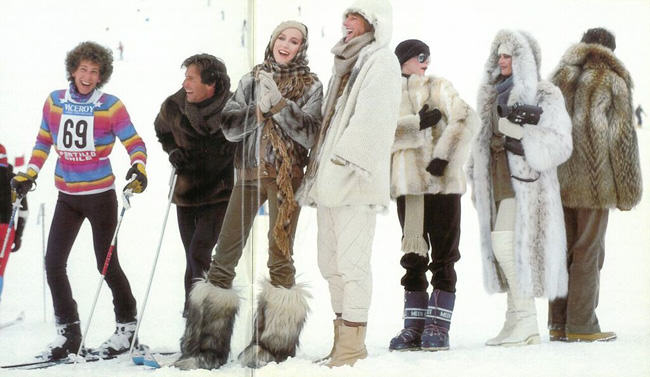
July may be the slowest month on the fur calendar, but some issues never go away, especially if they enter the legal system. Take the Great Lakes wolves. The hunt was off, then it was on, and now it’s off again. It’s supposed to be about the numbers, but the precautionary principle must trump all, says Nancy Warren of the National Wolfwatcher Coalition. “Wolves have reached the numeric goals for delisting” in Minnesota, she concedes, but when they’re faced with threats like climate change, current numbers apparently don’t matter.
Wisconsin’s inhabitants might not agree. With hunting and trapping banned, the state’s wolf population is now more than double its official goal of 350.
Taking the lead against the Great Lakes wolves lawsuit filed by HSUS is the Ohio-based Sportsmen’s Alliance. Truth About Fur interviewed spokesman Brian Lynn on today’s trapping challenges in general. Though most of the Alliance’s members are hunters and fishermen, it is strongly committed to the interests of trappers too. “Trappers are the ones on the front lines,” he says. “They are constantly under attack [from] animal rights organisations, legislation, the ballot box … Whether it is changing the seasons, eliminating the seasons, or regulating traps, they are getting hammered left and right.”
The next major battle will be fought in Montana, where a ballot initiative is coming up this November that could stop all trapping on public lands. Pundits are saying it could go either way.
In other hunting and trapping news, British Columbia has banned the use of drones. It might seem like just another government intrusion, but most hunters and trappers seem supportive. But this man from North Carolina is seriously not a fan of big government. All he did was try to get a family of foxes out of his yard, only to find himself mired in regulations and conflicting advice. Did you know that North Carolina has no fewer than 27 different seasons for hunting foxes and 22 for trapping them, all depending on where you live?
Sex and Drugs and … a Little Bit of Modelling

On the fashion front, a very unusual story appeared last month as a prelude to “a major motion picture”. Elle magazine spilled the beans on a “drug-fueled, multimillion-dollar supermodel snowpocalypse” that took place in 1977. Besides lots of fur pics, readers are given a candid insight into the behaviour of models and photographers back then. Is it different now?
And fashion designer-cum-hypocrite Stella McCartney is still taking shots at her fur-using peers. Her latest theory is that designers who use fur are just bloody-minded. “There are a lot of designers who are very ‘f*ck you’ when it comes to using fur,” she says. “If it’s wrong to do fur, then they’re going to do it.” Or maybe all they really want to say is “f*ck you”, as in, “f*ck you, Stella”. While she makes a huge deal of not using animal products, she has no problem using silk, made by boiling moth pupae alive.
On a positive note, we are happy to announce that wearing fur will not get you splattered with red paint. It’s an urban myth. Spread the word!
Exotic Fibres
We had two stories last month about fibres which, to North Americans at least, are exotic. Yak wool from Mongolia may be set to break onto the fashion scene, and New Zealand is making headway promoting its beautiful, durable and warm possum-merino yarn.

New Zealand’s challenge, though, is more complex than selling a product which should sell itself. It faces a huge possum pest problem, and wants to demonstrate to sensitive consumers that killing methods are humane by international standards. Scientist Bruce Warburton, consultant for the Fur Council of New Zealand, sums up the perception problem well: “People use anti-coagulants to get rid of rats, but everyone gets worked up about trapping possums. There are a lot of inconsistencies about the way we deal with furry creatures.”
How Much???
Let’s round off with a couple of reminders why most of us must spend more time producing and promoting high-end furs than we will ever spend wearing them!
Former supermodel (all models are “supermodels” now, right?) Christina Estrada filed divorce proceedings against her oil baron hubby (who, as it happened, died this July). As part of the settlement she is asking for £40,000 annually just to buy a new fur coat! If you think that’s rich, she also wants £6.52 million a year in child support, and that’s for one kid.
Considerably cheaper, but still in the OMG category, are a pair of fur sandals recently sported by Kim Kardashian. The headline was how could she wear fur in 100-degree weather? But it should have been the price of these two little bits of nothing. $895! No wonder trappers feel they’re not sharing in the industry’s wealth!












It looks like global warming has changed to climate change that has turned to something else. What effect does any of this have to do with Wolves. Are we to air condition the entire forest to keep the Wolves cool?